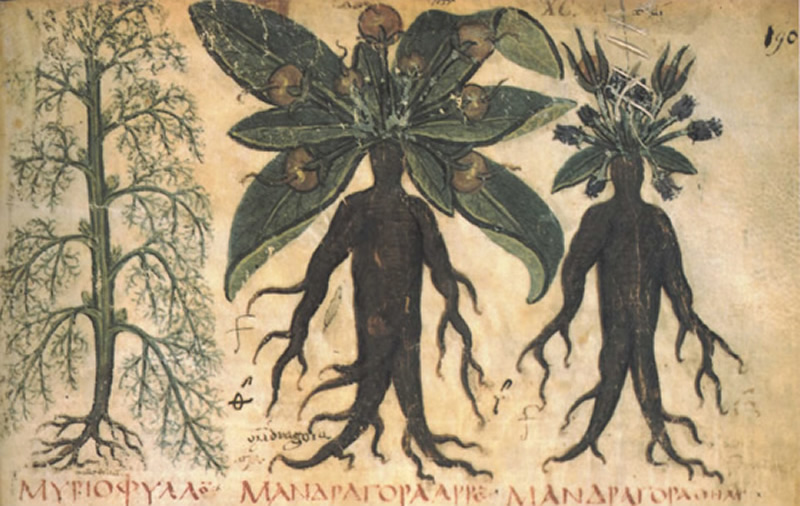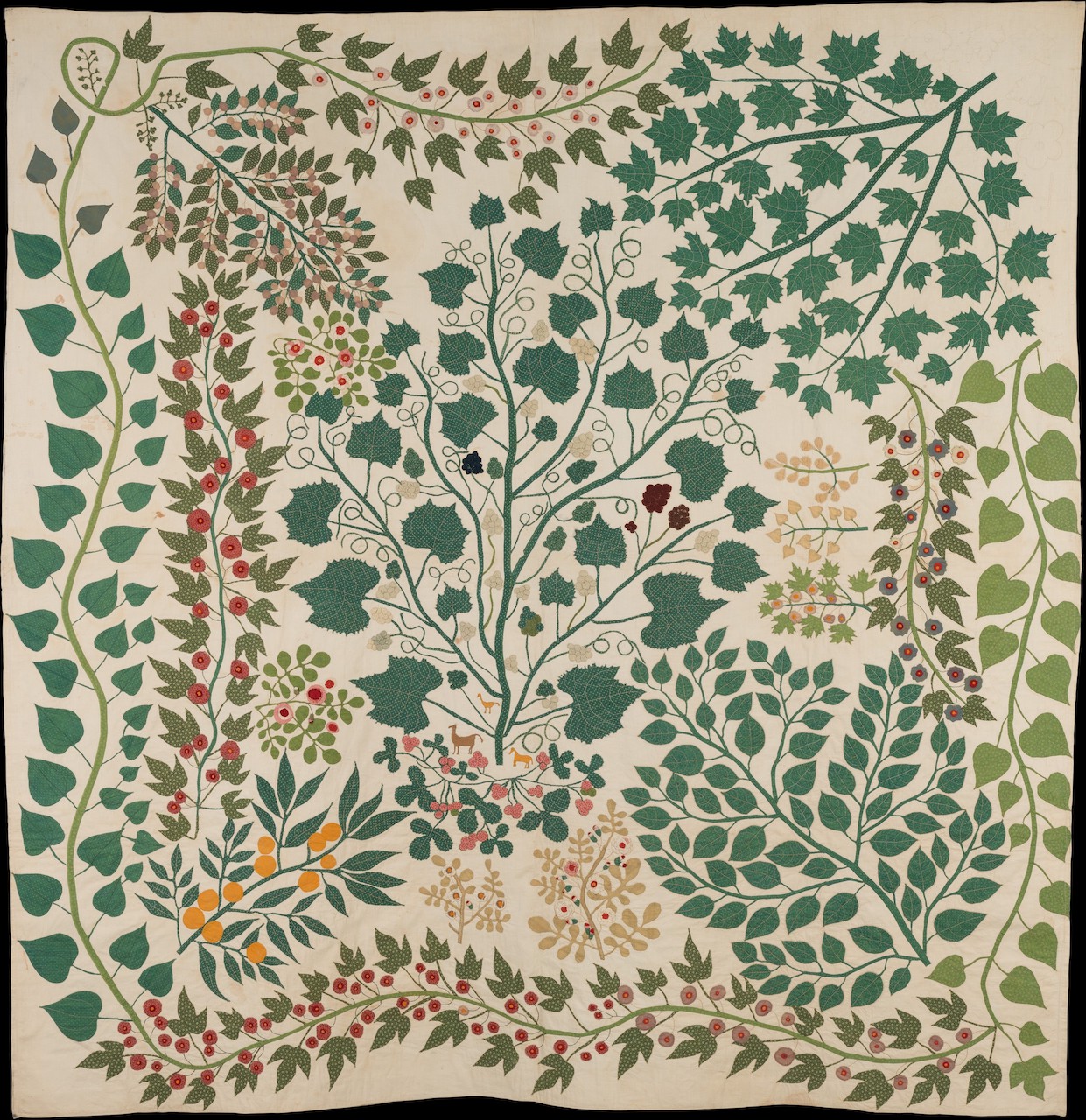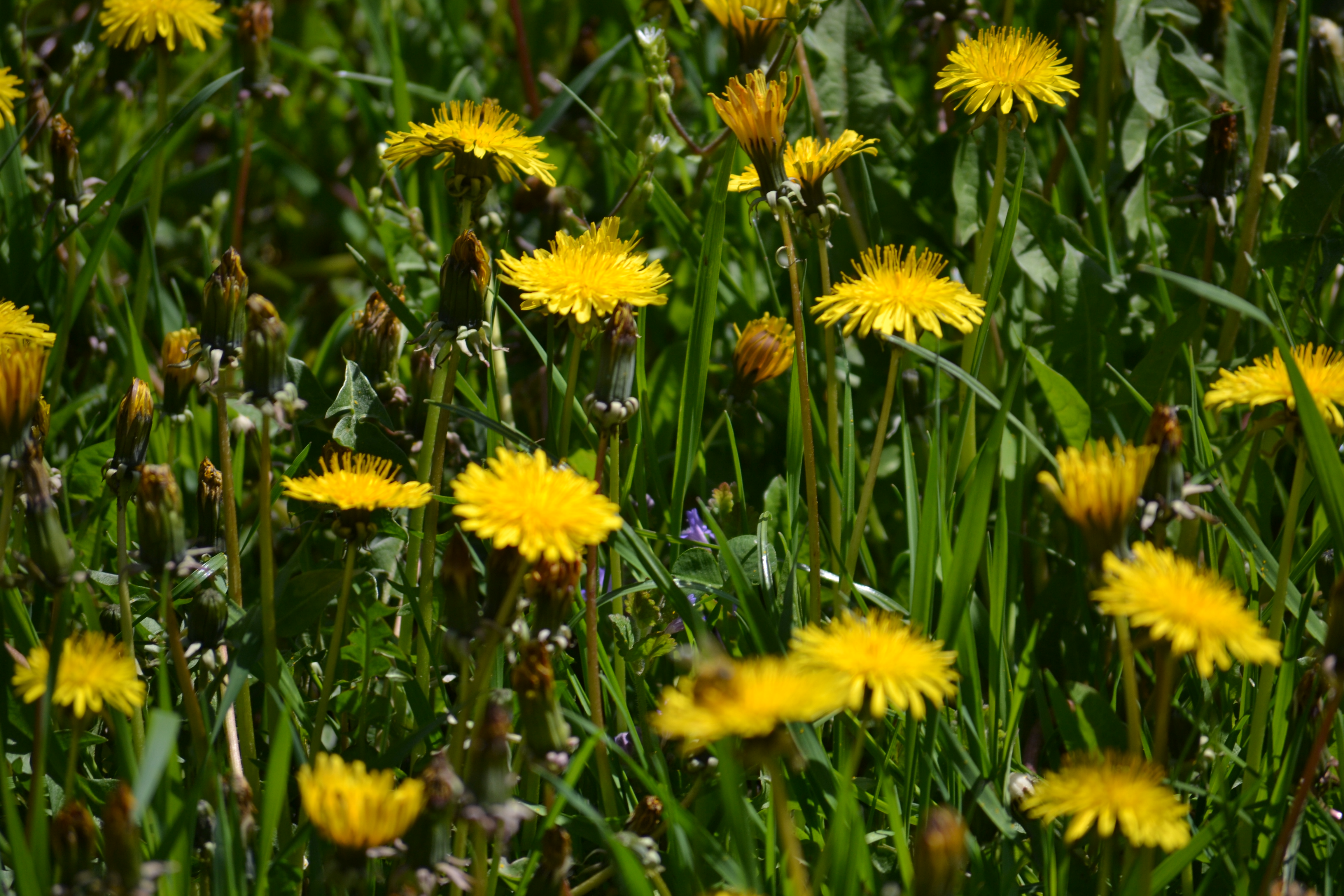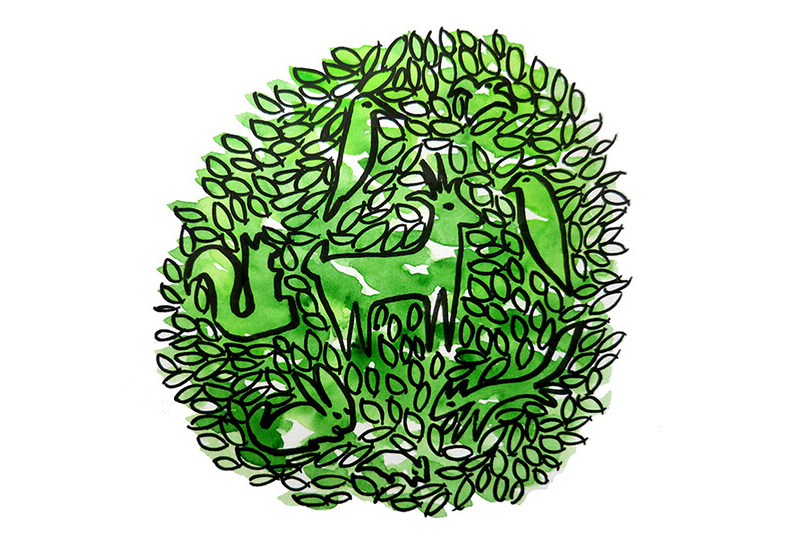
Detail of a medieval manuscript about mandrakes.
Originally published in 2013 in The Philosopher’s Magazine, this essay is even more relevant today in light of human society’s worsening impact on the biosphere. Reprinted with permission. —Eds.
The Universal Declaration of Human Rights was adopted by the UN General Assembly over sixty-four years ago, on December 10, 1948. It was formulated as a direct response to the atrocities of the Second World War that brought home, in the starkest manner imaginable, the fragility and violability of human beings. The codification of human rights in international law meant to provide legal protections that would compensate for the vulnerabilities engrained in the human condition. In fact, the more vulnerable a person is, the more her or his rights need to be protected, which is why eleven years to the day after the 1948 vote, the UN adopted Resolution No. 1386, A Declaration of the Rights of the Child.
In response to another, more protracted war, waged this time against the environment, it is time to raise the question of rights once again. Are humans the sole living beings worthy of having rights? What about animals? Or plants? Or bacteria, as critics fond of the “slippery slope” accusations will quickly point out?
The case for plant rights is, paradoxically, both straightforward and complicated. There is no doubt that plants are some of the most vulnerable living beings on the planet: even according to fairly conservative estimates, one in every five plant species is currently on the brink of extinction. Given this disastrous global situation, the protection of their rights could serve as a useful legal mechanism for decelerating the loss of biodiversity and mitigating the destruction of flora, the cornerstone of any natural environment. To most, however, the very idea of plant rights sounds fanciful. In many corners of academia as much as outside its ivory tower, plants are generally understood as little more than photosynthesizing green machines—those quasi-things passively embedded in the places of their growth. We are firewalled by an entrenched preconception that prevents us from updating our view of plants based on their surprising and recently discovered behavioral features, adaptational ingenuities, developmental plasticity, and so forth. Deep psychological resistance prompts us to dismiss the mounting scientific evidence that challenges ready-made conceptual molds, into which plants have been slotted thus far, in favor of the inertia of habit and the comfort of “common sense.” The default framework for thinking about plants ensures both an outright dismissal of proposals to grant them rights and a perpetuation of the unsustainable status quo, which sees the most vulnerable creatures exposed to virtually unlimited violence.
Although, over hundreds of millions of years, plants have evolved highly sophisticated defense mechanisms that permit them, for example, to repel insect herbivores by synthesizing specific chemicals in response to an attack, they are powerless in the face of the human onslaught. (M N Shyamalan’s 2008 movie The Happening imagined a nightmare scenario where trees managed to produce airborne toxins that caused those who inhaled them to commit suicide. Not so different from natural insect repellents plants indeed synthesize, the toxins represented a newly gained power of trees to repay the human assault by turning themselves into biochemical weapons.) An extension of rights to the flora would, at minimum, curtail our negative impact on plant life. Even so, purely instrumental reasoning in favor of plant rights is far from sufficient; in addition to protecting woodlands and wildflowers as finite precious resources and increasingly as rarities, it is necessary to rethink the status of plants not only as objects to be protected but also as subjects to be respected.
The unstated foundation for the legal-philosophical concept of a right is the subjectivity—the agency or the capacity to actively mold the world—of those who enjoy the protections it guarantees. The celebrated twentieth-century political theorist Hannah Arendt prompts us carefully to examine what she calls “the right to have rights” as the precondition for the elaboration of human rights. For Arendt, this fundamental meta-right involves citizenship or membership in a political community, denied to stateless people. At a still deeper level, however, the right to have rights postulates a clear baseline that makes subsequent discussions of the issue meaningful. It requires that rights-bearers be citizens and, hence, human subjects.
The advantage of the Arendtian formulation is that it uncouples the notion of rights from the corresponding idea of responsibilities. A newly born infant is immediately granted both human rights and those of a child without anyone expecting her to repay this privilege at the moment when she, unbeknownst to her, is enjoying it. One might argue that the time of reckoning is merely deferred until the infant’s coming of age, when, as an adult that she potentially is, she can both assume responsibilities and recognize the rights of others. Having said that, the unconditional foundation of basic rights overrides the logic of exchanging them for responsibilities, whether present or future. The right to have rights is won by virtue of being rather than acting in a particular way. In other words, it is ontological, not pragmatic.
I will not recount here the history of a laudable and still ongoing campaign by animal rights activists to ensure the recognition of these nonhuman living beings as legal subjects. It is only worth pointing out that what is at stake in that struggle is negotiating a different, more inclusive baseline for the right to have rights, namely sentience and the ability to feel pain. Of course, animal rights do not presuppose any corresponding responsibilities: when I recognize a mountain wolf’s right to life, I do not thereby demand that the wolf act responsibly and considerately to the deer or, indeed, the humans it encounters on its path. Nor do I, in granting rights to animals, humanize them—something that is easier to accomplish when dealing with a pet Schnauzer than with a wolf in the wild.
Rather, I acknowledge the uniqueness of their subjectivity, which is not “poorer” or “more deficient” than that of humans simply because animals are not likely to entertain abstract thoughts. In fact, if, taking seriously the insights of certain philosophers of the immanence of life such as Baruch Spinoza or Friedrich Nietzsche, we postulate an uninterrupted continuum spanning sentience and emotion on the one hand and cognition on the other, then the rights of animals requires not so much a radical break with as a relatively minor adjustment in the philosophical allocation of rights. In raising the question “Should plants have rights?” my goal is to show that an affirmative answer to this query necessitates the kind of fine-tuning which is analogous to the one that brought about the idea of animal rights.
Now that botanists, cell biologists, and plant ecologists are presenting their scientific findings on the complexities of plant behavior, it is time to renegotiate the baseline of rights once more. As Anthony Trewavas, of the Institute of Cell and Molecular Biology at the University of Edinburgh, put it in his pioneering article dealing with plant intelligence: “If there are about 15 environmental factors acting in differing degrees and affecting the perception of each other then the combination of possible environments in which any individual can find itself and to which it must respond is enormous.”
Plants clearly do not grow haphazardly; rather, they display tremendous developmental plasticity, congruent with their inclusion in the category of subjectivity. They act upon the milieu of their growth by controlling the microbial fauna of the roots, summoning through airborne biochemical cues the predators of the herbivore insects that threaten them, or regulating root volumes in response to the identities of their neighbors, recognized as kin or not. Plants calculate and follow with their roots the optimal itinerary toward unevenly distributed belowground resources; place clonal offspring, or ramets, in spots most propitious for their growth and development; and detect the difference between mechanical damage inflicted on their leaves and a herbivore attack, communicating this information to the unaffected parts of the same plant. They share information on adverse conditions, such as a drought, communicated through biochemical cues released by the roots, and initiate a complex morphological and physiological response to these conditions that involves roughly forty genes. A thick, substantive notion of plant rights will be possible only if it grounds the fresh variation on the right to have rights in the uniqueness of vegetal subjectivity.
While, in the West, scientific and philosophical debates on the status of plants are only commencing, Eastern religions have been at the forefront of protecting plant life for millennia. Several strands in Hinduism apply the idea of ahimsa (nonviolence) to all living beings, both animals and plants. In its ascetic form, Jainism prohibits the consumption of root vegetables, as roots are believed to house the souls of plants. Interestingly, the “root-brain hypothesis” was also put forth by Charles Darwin and his son, Francis, and has been recently revived by botanists. In his typical visionary mode, Darwin postulated that the sentient tips of roots, belonging to the so-called root apex, act as brain-like organs allowing the plant to navigate the underground maze of resources, rocks, roots of other plants, and so forth. Like the Jains, then, he viewed plants as inverted animals, with their “mouths” and “brains” embedded in the earth, and “sexual parts”, or flowers, displayed up in the air. The continuity of animal and plant life becomes obvious in this somewhat simplified and easily caricaturized description. The rooted brains of plants are, akin to the brains of animals, control and communication centers that permit them to be aware, in their own way, of their milieu. This is where contemporary science, cross-cultural religious beliefs, and the ethics of plant life can come together.
The emergent Western discourses on plant rights furnish an invaluable opportunity for thinking and policy initiatives transcending disparate cultural contexts and opposed to gratuitous violence against plants. In the last instance, they can rely on the principles of plant subjectivity that are analogous to the religious enunciation of root-souls.
Swiss Federal Ethics Committee on Non-Human Biotechnology (ECNH) 2008 report, The Dignity of Living Beings with Regard to Plants. Moral Consideration of Plants for Their Own Sake, was a crucial step in the formulation of plant rights. Framed in ethical terms, the report fell short of referring to the rights of plants, though it paved the way to the political consideration of their “dignity.” Needless to say, the Swiss Committee also did not deliberate on the right to have rights and the underlying structures of subjectivity presupposed in the thick account of vegetal life. Still, The Dignity of Living Beings with Regard to Plants is an undeniable milestone, if only because it took the debate to the level of a Federal Committee in a European country.
Among other things, Committee members unanimously recommended considering as morally impermissible arbitrary harm inflicted onto plants; by majority decision required that a moral justification be provided whenever plants are subject to total instrumentalization; and, again by majority decision and for moral reasons, excluded plants from the category of absolute ownership. Differently put, the Report advised against treating plants as things and prepared the ground for conferring onto them the status of moral agents with the right to have rights.
So, what, at bottom, are the reasons for granting rights to plants? In classical philosophical terms, we might say that, as subjects with a rather open-ended scheme of growth and development (indeed, a scheme more open-ended than those of humans and animals), they possess intrinsic worth, pursue a good of their own, and thus merit respect. Plants do not exist exclusively for animal and human consumption; on the contrary, they had already flourished long before we made our appearance on the evolutionary scene. This is the fundamental reason for entertaining the possibility of plant rights.
A more pragmatic justification hinges on the need to protect some of the most vulnerable living beings on the planet. The evolutionary success of plants and their tenacity could be offset by human destruction of the flora on a scale unparalleled by any other species. The discourse of rights would then be one among many legal tools intended to set the limits on the enormous footprint we are leaving on plant and animal populations around the world.
Formulating a possible Universal Declaration of Plant Rights will require much interdisciplinary work, involving plant biologists, philosophers, bioethicists, and legal scholars, among others. All I can do here is hint at the principles likely to underpin these discussions.
The right to flourish would be congruent with respect paid to vegetal potentialities of growth and reproduction. In concrete terms, it would imply a ban on genetic manipulation resulting in sterile seeds that rob plants of their potentialities and harm farmers, who are forced to repurchase seeds from multinational corporations in every agricultural cycle. The right to be free of arbitrary violence and total instrumentalization would acknowledge the plants’ intrinsic worth and, as a result, set limits on their utilization for external ends. It would mean, for example, imposing severe restrictions on logging practices and making wanton destruction of vegetation a violation of plant rights. These two principles would spell out the facets of positive and negative freedom as it applies to plant life.
The all-too-prevalent abuses of human rights around the world should not be wielded as an argument against the extension of rights to nonhuman living beings. It is tragic that every day countless people suffer from torture, slavery, or arbitrary arrest, but neither this suffering nor the attempts to ameliorate it justify an indiscriminately violent treatment of other kinds of life. Martin Luther King, Jr. famously wrote in a letter from Birmingham Jail, “Injustice anywhere is a threat to justice everywhere.” Whether explicitly or not, the maximalist thrust of Dr. King’s principle informs every struggle for legal rights, including that waged on behalf of plants.


















